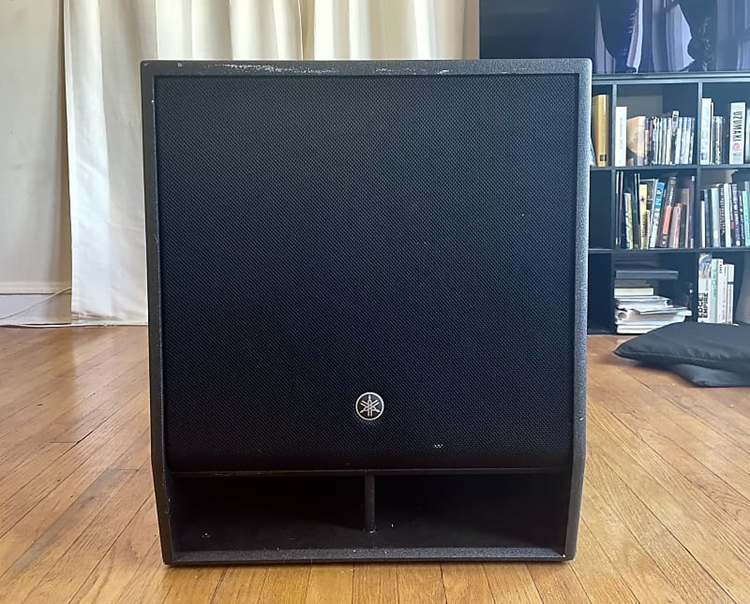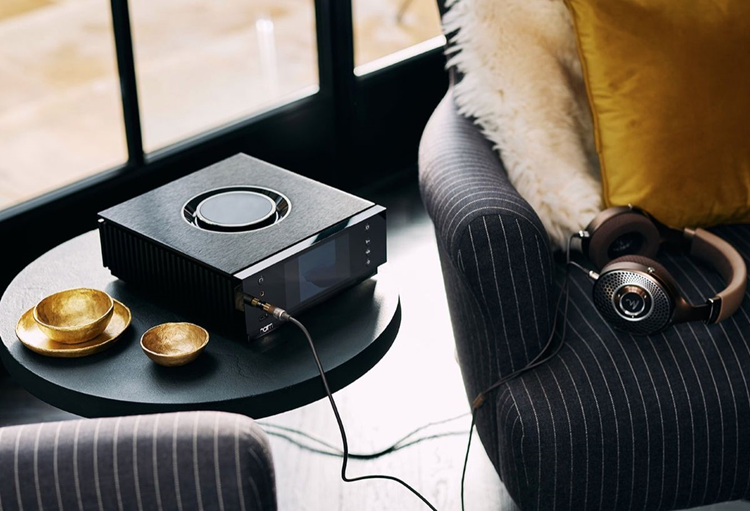Once you start shopping for audio gear, you will see that it’s often tough to distinguish between what’s good-sounding and what’s simply good-looking. On the other hand, the world of high-end audio will trick you into thinking you really need those overpriced accessories like 2-inch-thick speaker cables. To help you choose right, the following guide narrows down some of the most popular tools for gold-plated listening.
The Basics
If you want to get the best sound quality of your life, gear yourself up with crisp-sounding and performance-optimised audio equipment from some of the greatest names in the industry. Before splurging, think about where you’ll be listening.
The sound quality you hear in your space will always be limited by its size. A set of expensive speakers will sound better in an acoustically treated space than a pair of affordable ones would in an empty room with bare flooring and walls.
But what exactly is “bad” in terms of room dynamics for high-end audio? Typically, this implies that sound waves bounce around too much, causing frequency difficulties such as muddy bass and giving the room a long reverb decay time. This is the amount of time it takes for sound to go down after bouncing off the walls.
In general, the softer and larger a room is, the more speaker systems you can install and the better they will sound. If you have to set up your stereo in a room that is either small or very reverberant and acoustically “bright,” purchase smaller speakers or simply use headphones instead.
Headphones
A great pair of headphones should be the first step for most aspiring audiophiles because they eliminate room acoustics issues. Open-backed headphones are an excellent initial purchase for people with a quiet listening environment. “Open-back” refers to the fact that they do not seal off the outside world like “closed-back” over-ear headphones.
There is nothing to keep sound in or out—not only will others hear your music, but you will also be able to hear sounds other than your own. Open-back headphones produce a more genuine, speaker-like sound.
However, if you want additional sound isolation, in-ear headphones block out almost all outside noise and fold up extremely small for travel. The sound quality is superb, especially when using an outboard headphone amplifier.
Speakers

source: reverb.com
A great pair of wired speakers will last a lifetime with proper care, whereas powered or active speakers may have a shorter lifespan but should still last many years. When buying, consider the size of the speaker and the power output. Most people prefer smaller, “bookshelf-style”.
If you have a large listening area, consider getting bigger. It’s not always true, but larger speakers usually provide a stronger bass response and a wider, more expansive soundstage. Your first speaker purchase should be a good pair for your desktop. After all, it’s likely that you spend a significant amount of time at home.
Digital-to-Analog Converters
Even if you listen exclusively to digital sources, a quality DAC can improve the sound of your music. A digital-to-analog converter is exactly what it sounds like: it takes the 1s and 0s from your computer or phone and converts them into an analog signal that can be amplified and played through speakers or headphones.
Some people believe that all DACs sound the same, but this is not true. Higher-quality DACs can provide a more accurate representation of the original recording, resulting in improved sound quality. There are many options available for both budget-conscious consumers and audiophiles.
Headphones and Stereo Amplifiers

source: imore.com
Many high-end headphones perform best when powered by a more powerful amplifier than the one included in your laptop, phone, or tablet. Headphone amplifiers take the signal from your DAC and boost it with higher overall fidelity than the inexpensive amps available in most portable electronics. A decent headphone amplifier may bring your music to life and provide a more realistic soundscape, mostly by improving the signal-to-noise ratio.
Quality amplifiers range from full-featured streaming devices with colour displays to vintage tube behemoths. The amount of power per channel and the type of analogue and digital inputs you require should be your primary focus when purchasing.
Phono Preamps
If you have a vintage stereo, it most likely contains a built-in phono preamp, allowing you to plug in a turntable and start listening right away. However, if you own a modern stereo, you may need to purchase a separate phono preamp to play your records over headphones or speakers.
Check both your turntable and your stereo, as installations vary, and some turntables include phono amps that may be activated by flipping a switch. However, although some built-in alternatives operate admirably, others may not sound as good as you would want.
Construction Material
Every pro audio equipment consists of high-impact moulded plastic that’s custom-formed to the shapes of the case or components it comprises and offers impact resistance for durability. The design ensures frequent use in busy environments where it may be bumped or moved a lot.
We can’t really discuss the material without mentioning the lip edges. These are slightly raised rims around shelves or other surfaces designed to prevent items from sliding, slipping, or rolling off the surface onto the floor.
Features to Look for
The term “AC power” refers to alternating current. An alternating current is defined as an electrical current that reverses its direction of flow, which is the most common power supply for electronic equipment. Acoustical ceilings are used to minimise ambient noise in spaces with high ceilings. The design typically includes a pattern of support bars, usually made of metal, that form the ceiling for the entire space.
ASM technology, or Active Sound Management, provides greater control over the sound output, resulting in a higher-quality listening experience. The most basic ASM technology capabilities include automatic stereo or mono sound detection to improve sound quality based on the type of sound being played.

